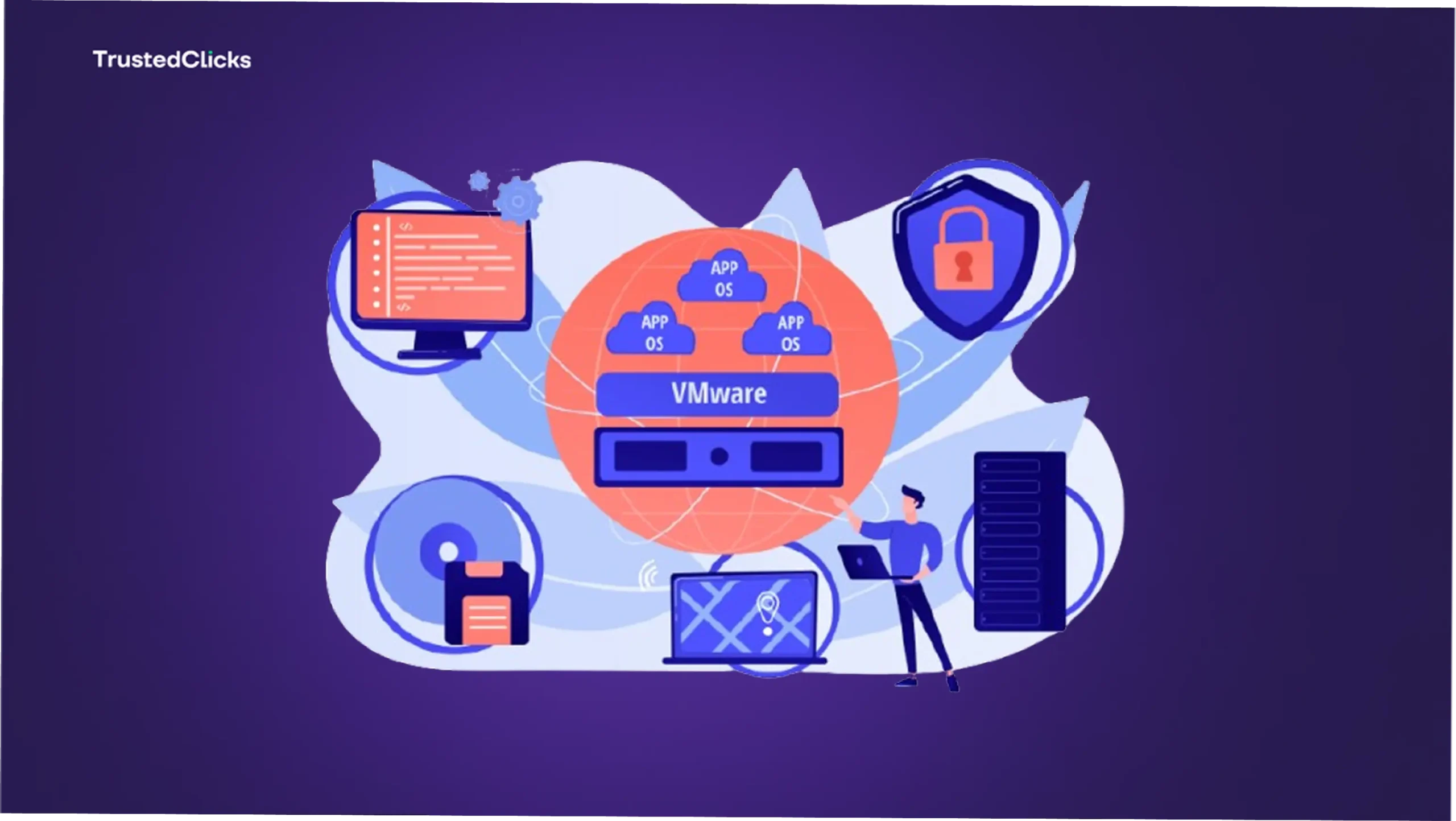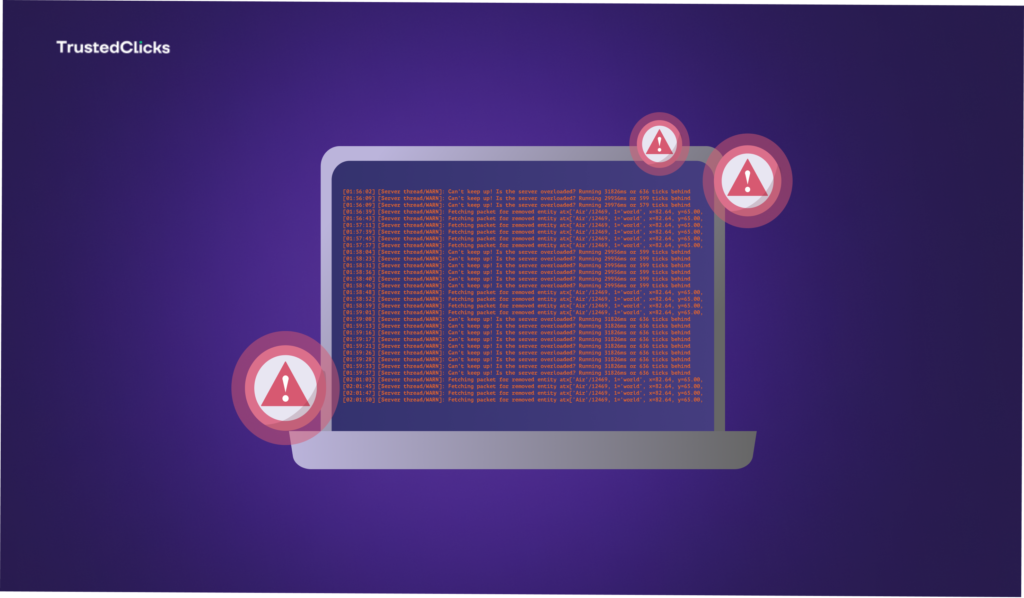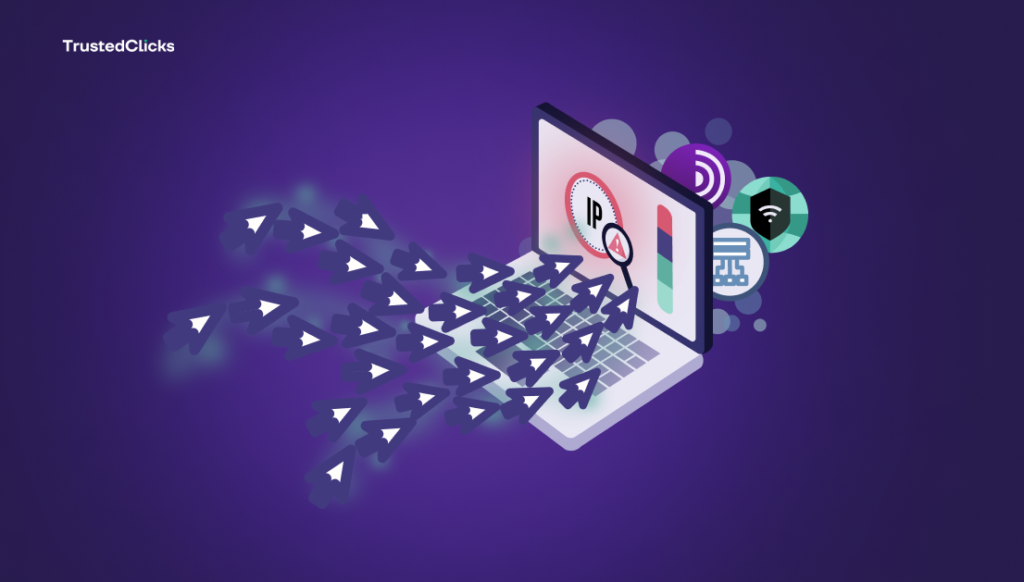- Website security
VPN Detection Showdown: Outsmarting Unsafe Proxies in Real-Time


The Rise of VPNs and the Risks They Hide
VPNs have exploded in popularity, with millions using them to bypass geo-restrictions, secure connections, or simply browse privately. By rerouting traffic through remote servers and masking a user’s true IP address, they create a tunnel of anonymity. For everyday users, this is a boon—think streaming a show unavailable in your region or shielding data on public Wi-Fi. But for platforms hosting valuable content, transactions, or ads, this anonymity opens a Pandora’s box of risks.
Unsafe proxies and VPNs are the go-to tools for bot operators, fraudsters, and hackers. They can rotate IP addresses to evade bans, spoof locations to access restricted services, or flood sites with fake traffic. The numbers paint a stark picture: studies estimate that up to 20% of VPN traffic is tied to malicious activity, from ad fraud to credential stuffing. Without a way to peek behind the VPN curtain, businesses are left vulnerable—making VPN detection not just a luxury, but a necessity.
What Is VPN Detection, and How Does It Work?
VPN detection is the process of identifying whether incoming traffic originates from a VPN or proxy server rather than a direct, unmasked connection. It’s a cat-and-mouse game where detection tools aim to outpace the tactics of anonymized traffic. Here’s how it typically works:
IP Analysis
Detection systems maintain vast databases of known VPN and proxy IP ranges, cross-referencing incoming traffic against these lists. Commercial VPN providers, public proxies, and even residential IP pools leased for fraud are flagged.
Behavioral Clues
Beyond IP checks, advanced tools analyze traffic patterns. Does the connection exhibit bot-like repetition? Is the geolocation inconsistent with the user’s claimed origin? These red flags help spot disguised traffic.
Header Inspection
VPNs and proxies often leave subtle fingerprints in HTTP headers, TCP/IP packets, or latency metrics. Sophisticated detection peels back these layers to reveal the truth.
Real-Time Updates
The best systems adapt dynamically, incorporating fresh data on emerging VPN services and proxy networks to stay ahead of the curve.
The result? A platform can distinguish a legitimate user streaming from abroad via a VPN from a bot scraping data through a shady proxy—all in milliseconds.
The Showdown: VPN Detection vs. Unsafe Proxies
Let’s stage the battle. On one side, we have unsafe proxies—tools wielded by bad actors to cloak their intentions. On the other, VPN detection systems, armed with tech to expose them. Here’s how the showdown unfolds:
Round 1: Ad Fraud
Fraudsters use proxies to generate fake ad clicks, draining budgets without delivering real engagement. VPN detection fights back by spotting IP inconsistencies—like a “user” in Florida clicking ads at inhuman speeds via a Ukrainian proxy—and blocks them before the damage racks up.
Round 2: Content Scraping
Bots hiding behind VPNs harvest pricing data or copyrighted material, undermining businesses. Detection tools counter with behavioral analysis, catching the telltale signs of automated scraping—like rapid, uniform requests—and shutting them down.
Round 3: Account Takeovers
Credential stuffing attacks, where bots test stolen logins via rotating VPN IPs, threaten user security. VPN detection swings in with real-time IP blacklisting and anomaly detection, locking out suspicious traffic mid-assault.
Round 4: Geo-Restriction Evasion
Proxies spoof locations to access region-locked content, skewing licensing agreements. Detection systems pinpoint these fakes by cross-checking geolocation data against VPN server hubs, enforcing compliance.
In each round, VPN detection’s real-time prowess gives it the upper hand, turning the tables on proxies that rely on stealth to succeed.
Why Real-Time Matters
Speed is the secret sauce in this showdown. Unsafe proxies thrive on delay—if they can slip through before a system reacts, the damage is done. Real-time VPN detection flips the script, offering instant identification and response. Whether it’s triggering a CAPTCHA, rerouting traffic, or outright blocking an IP, the ability to act in the moment keeps platforms one step ahead.
This immediacy also minimizes false positives. A traveler using a VPN to shop online shouldn’t be punished like a bot. Real-time systems pair IP checks with contextual data—say, a user’s purchase history or device fingerprint—to ensure legitimate traffic flows uninterrupted.
Benefits Beyond the Battle
VPN detection isn’t just about thwarting threats—it’s a force multiplier for platforms. Consider these upsides:
- Clean Analytics: By filtering out VPN-driven bot traffic, businesses get accurate insights into real user behavior, sharpening their strategies.
- Revenue Protection: Blocking ad fraud and scraping preserves ad budgets and intellectual property, keeping profits intact.
- User Trust: A secure, bot-free platform fosters confidence, encouraging engagement and loyalty.
- Compliance: Enforcing geo-restrictions aligns with legal and licensing obligations, avoiding costly penalties.
The Challenges of Outsmarting Proxies
No victory is without hurdles. Sophisticated fraudsters deploy residential proxies—IPs tied to real devices—or custom VPNs that mimic organic traffic, testing detection limits. False positives also loom as a risk; overzealous blocking can frustrate genuine VPN users, like remote workers or privacy advocates. To stay ahead, detection tools must evolve, blending AI-driven pattern recognition with human oversight to refine accuracy.
Similarly, users aiming for distinct online presences might explore antidetect solutions that offer more than just IP masking.
Tools in the Arsenal: Choosing a VPN Detection Solution
Not all detection systems are created equal. When picking a tool, look for:
- Comprehensive IP Databases: Coverage of VPNs, proxies, and datacenter IPs is key.
- Real-Time Processing: Speed ensures threats don’t slip through.
- Customization: Options to whitelist trusted VPNs or adjust sensitivity fit your needs.
- Integration: Seamless compatibility with firewalls, CDNs, or ad platforms boosts efficiency.
The Future of the Showdown
As VPN usage surges—projected to hit 1 billion users by 2027 per industry forecasts—the stakes will only rise. Proxies will grow craftier, leveraging AI to mimic humans more convincingly. In response, VPN detection will harness machine learning and blockchain to track IP reputations with surgical precision, ensuring the good guys keep the edge.
Final Words
The VPN detection showdown isn’t just a tech skirmish—it’s a defining fight for the integrity of online platforms. Unsafe proxies may wield anonymity like a weapon, but real-time detection turns their strength into a liability, exposing them before they strike. For businesses battling bots, fraud, and data thieves, this technology is the ace up the sleeve—a way to outsmart the shadows and reclaim control. In a world where every click counts, VPN detection isn’t just a tool; it’s the difference between thriving and merely surviving.
Table of Contents
Join our community!
Subscribe to our newsletter for the latest updates, exclusive content, and more. Don’t miss out—sign up today!
Recent Posts

Understanding IP Reputation: What It Is and Why It Matters
- 3 mins read

What Are The Differences Between Click Fraud and Invalid Clicks
- 4 mins read

Navigating the Bot Traffic Maze: What’s Real and What’s Not
- 8 mins read



